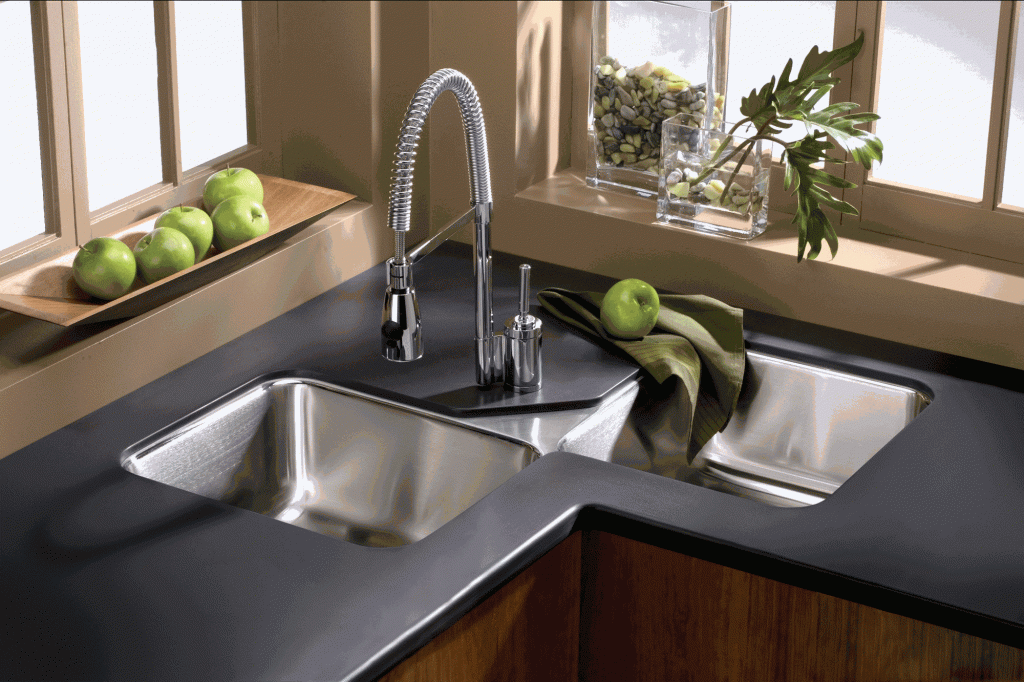How to Remove Mildew from Under a Couch
Mildew can easily grow in dark and damp areas, making the space under your couch a prime spot for its growth. If left untreated, mildew can cause a musty smell and potential health hazards. Here are some ways to remove mildew from under your couch:
1. Identify the Source
The first step to removing mildew is to identify the source of the moisture. Check for any leaks or water damage in the surrounding area that may be causing the mildew to grow.
2. Vacuum the Area
Before applying any cleaning solution, vacuum the area to remove any loose mildew and spores. This will also help to prevent the spread of the mildew.
3. Use a Mixture of Water and Vinegar
Mix equal parts of water and white vinegar in a spray bottle. Spray the solution on the affected area and let it sit for 15-20 minutes. The acidic properties of vinegar will help to kill the mildew and prevent it from growing back.
4. Scrub with a Bristled Brush
Using a bristled brush, gently scrub the affected area to remove any stubborn mildew. Be careful not to damage the material of your couch.
5. Rinse with Water
After scrubbing, rinse the area with clean water to remove any remaining vinegar solution and mildew residue.
6. Dry Thoroughly
Make sure to dry the area thoroughly with a clean towel or by using a fan. This will help to prevent any remaining moisture from promoting the growth of mildew.
7. Use a Dehumidifier
If the area under your couch is prone to moisture, consider using a dehumidifier to prevent the growth of mildew in the future.
How to Get Rid of Mildew Under a Bed
Mildew can also grow under your bed, especially if it is placed against a wall or in a dark and humid room. Here's how you can get rid of mildew under your bed:
1. Move the Bed
The first step is to move your bed away from the wall to allow air to circulate and dry out the area.
2. Vacuum the Area
As with removing mildew under a couch, vacuum the area to remove any loose mildew and spores.
3. Use a Baking Soda Solution
Mix 1 tablespoon of baking soda with 1 cup of warm water to create a mild cleaning solution. Apply the solution to the affected area and let it sit for about an hour.
4. Scrub with a Soft Brush
Using a soft-bristled brush, gently scrub the affected area. Avoid using harsh chemicals or abrasive materials that can damage your bed frame or mattress.
5. Rinse with Water
Rinse the area with clean water to remove any remaining baking soda solution and mildew residue.
6. Dry Thoroughly
Make sure to dry the area thoroughly with a clean towel or fan before placing your bed back in its original position.
Preventing Mildew Under a Mattress
Prevention is always better than dealing with the consequences of mildew growth. Here are some ways to prevent mildew from growing under your mattress:
1. Use a Mattress Protector
A waterproof and breathable mattress protector can help to prevent moisture from seeping into your mattress, thus reducing the risk of mildew growth.
2. Keep Your Room Well-Ventilated
Airflow is key to preventing mildew growth. Make sure to open windows and use a fan or air conditioner to keep the air in your room circulating.
3. Use a Dehumidifier
As mentioned earlier, using a dehumidifier can help to reduce the humidity levels in your room, making it less susceptible to mildew growth.
4. Regularly Clean and Flip Your Mattress
Regularly cleaning and flipping your mattress can help to prevent the accumulation of moisture and potential mildew growth.
DIY Mildew Removal for Couches, Beds, and Mattresses
If you prefer to use natural and DIY methods for mildew removal, here are some effective solutions:
1. Use Lemon Juice
Mix equal parts of lemon juice and warm water and spray it on the affected area. Let it sit for 10-15 minutes before scrubbing and rinsing with water.
2. Try Tea Tree Oil
Mix 1 teaspoon of tea tree oil with 2 cups of water and spray it on the affected area. Let it sit for 10-15 minutes before scrubbing and rinsing with water.
3. Use Hydrogen Peroxide
Mix equal parts of hydrogen peroxide and water and spray it on the affected area. Let it sit for 10-15 minutes before scrubbing and rinsing with water.
4. Try Borax
Mix 1 cup of borax with 1 gallon of hot water and apply it to the affected area. Let it sit for an hour before scrubbing and rinsing with water.
Using Vinegar to Remove Mildew from Furniture
Vinegar is a powerful natural cleaning solution that can effectively remove mildew from furniture. Here's how to use it:
1. Mix Vinegar and Water
Mix equal parts of white vinegar and water in a spray bottle.
2. Spray and Wipe
Spray the solution onto the affected area and let it sit for 10-15 minutes. Then, use a clean cloth to wipe away the mildew and solution.
3. Rinse with Water
Rinse the area with clean water to remove any remaining vinegar solution and mildew residue.
4. Dry Thoroughly
Make sure to dry the area thoroughly with a clean towel or fan to prevent any remaining moisture from promoting the growth of mildew.
Natural Remedies for Mildew Under Furniture
If you prefer to use natural remedies, here are some other options to consider:
1. Use Vinegar and Salt
Mix equal parts of vinegar and salt to create a paste. Apply the paste to the affected area and let it sit for an hour before scrubbing and rinsing with water.
2. Try Grapefruit Seed Extract
Mix 20 drops of grapefruit seed extract with 2 cups of water and spray it on the affected area. Let it sit for 10-15 minutes before scrubbing and rinsing with water.
3. Use Grapefruit Seed Extract and Baking Soda
Mix 20 drops of grapefruit seed extract with 2 tablespoons of baking soda and 2 cups of water. Spray the solution onto the affected area and let it sit for 10-15 minutes before scrubbing and rinsing with water.
Professional Mildew Removal Services for Furniture
If the mildew growth is extensive and difficult to remove, it may be best to seek professional help. Professional mildew removal services have the necessary equipment and expertise to effectively remove mildew from your furniture.
Signs of Mildew Under Couches, Beds, and Mattresses
It is important to regularly check for signs of mildew under your furniture to catch it before it becomes a bigger issue. Here are some signs to look out for:
1. Musty Smell
If you notice a musty or moldy smell coming from under your couch, bed, or mattress, it could be a sign of mildew growth.
2. Discoloration or Stains
Mildew can cause discoloration or staining on the surface of your furniture, indicating its presence underneath.
3. Visible Growth
In severe cases, you may see visible growth of mildew under your furniture. This should be addressed immediately to prevent further damage.
How to Clean and Disinfect Mildew Under Furniture
Cleaning and disinfecting mildew under furniture is crucial to prevent its growth and potential health hazards. Here's how to do it:
1. Vacuum the Area
As with all mildew removal methods, start by vacuuming the area to remove any loose mildew and spores.
2. Use a Cleaning Solution
Depending on the severity of the mildew growth, use one of the methods mentioned above to clean and disinfect the area.
3. Rinse with Water
Rinse the area with clean water to remove any remaining cleaning solution and mildew residue.
4. Dry Thoroughly
Make sure to dry the area thoroughly with a clean towel or fan to prevent any remaining moisture from promoting the growth of mildew.
Preventing Mildew Growth Under Furniture in Humid Environments
In humid environments, mildew growth can be a common problem. Here are some tips to prevent it from growing under your furniture:
1. Use a Dehumidifier
As mentioned earlier, using a dehumidifier can help to reduce the humidity levels in your home, making it less susceptible to mildew growth.
2. Keep Your Home Well-Ventilated
Make sure to open windows and use a fan or air conditioner to keep the air in your home circulating.
3. Check for Leaks
Regularly check for any leaks or water damage in your home and fix them immediately to prevent moisture from seeping into your furniture.
4. Dry Wet Items Immediately
If any items or surfaces become wet, make sure to dry them immediately to prevent the growth of mildew.
5. Regularly Clean and Inspect Your Furniture
Regularly cleaning and inspecting your furniture can help to catch mildew growth early and prevent it from spreading.
6. Use Furniture Covers
Consider using furniture covers in humid environments to protect your furniture from moisture and potential mildew growth.
Removing mildew from under furniture may seem like a daunting task, but with these tips and methods, you can effectively get rid of it and prevent it from coming back. Remember to regularly check for signs of mildew and take preventative measures in humid environments to keep your furniture clean and mold-free.
Mildew Under Couch Bed Mattress: Causes, Prevention, and Treatment
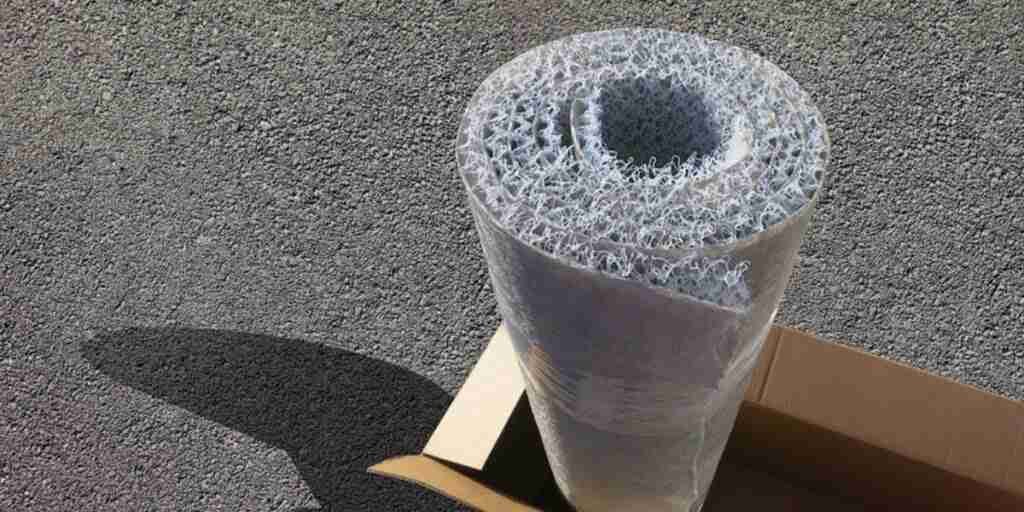
One of the most common household problems that many people face is the growth of mildew under their couch bed mattress. Not only is this an unpleasant sight, but it also poses health risks and can affect the overall design and cleanliness of your house. In this article, we will discuss the main causes of mildew growth, how to prevent it, and the best treatment methods to get rid of it.
What Causes Mildew Growth Under Couch Bed Mattress?

Mildew is a type of fungus that thrives in damp and dark environments, making the space under your couch bed mattress a perfect breeding ground. This is because mattresses tend to absorb moisture from our bodies while we sleep, and if not properly ventilated, this moisture can get trapped and create a humid environment for mildew to grow. Other contributing factors to mildew growth include poor ventilation in the room, lack of sunlight, and high levels of humidity.
Prevention Methods
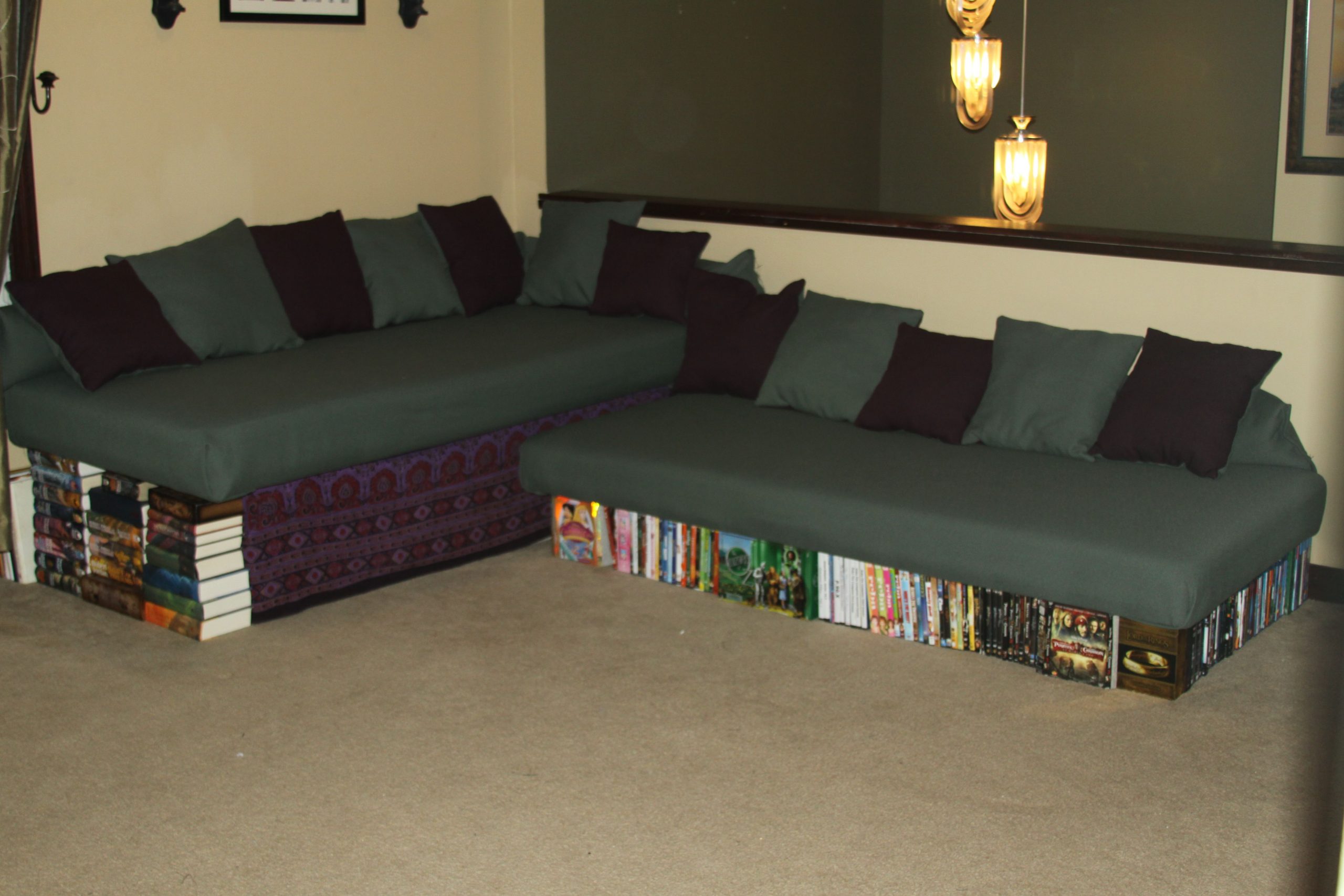
The best way to prevent mildew growth under your couch bed mattress is to keep the space clean, dry, and well-ventilated. This can be achieved by regularly vacuuming and flipping your mattress, as well as using a dehumidifier or opening windows to improve air circulation. Additionally, using a waterproof mattress cover can help protect your mattress from absorbing moisture and creating a favorable environment for mildew to grow.
Treatment Options
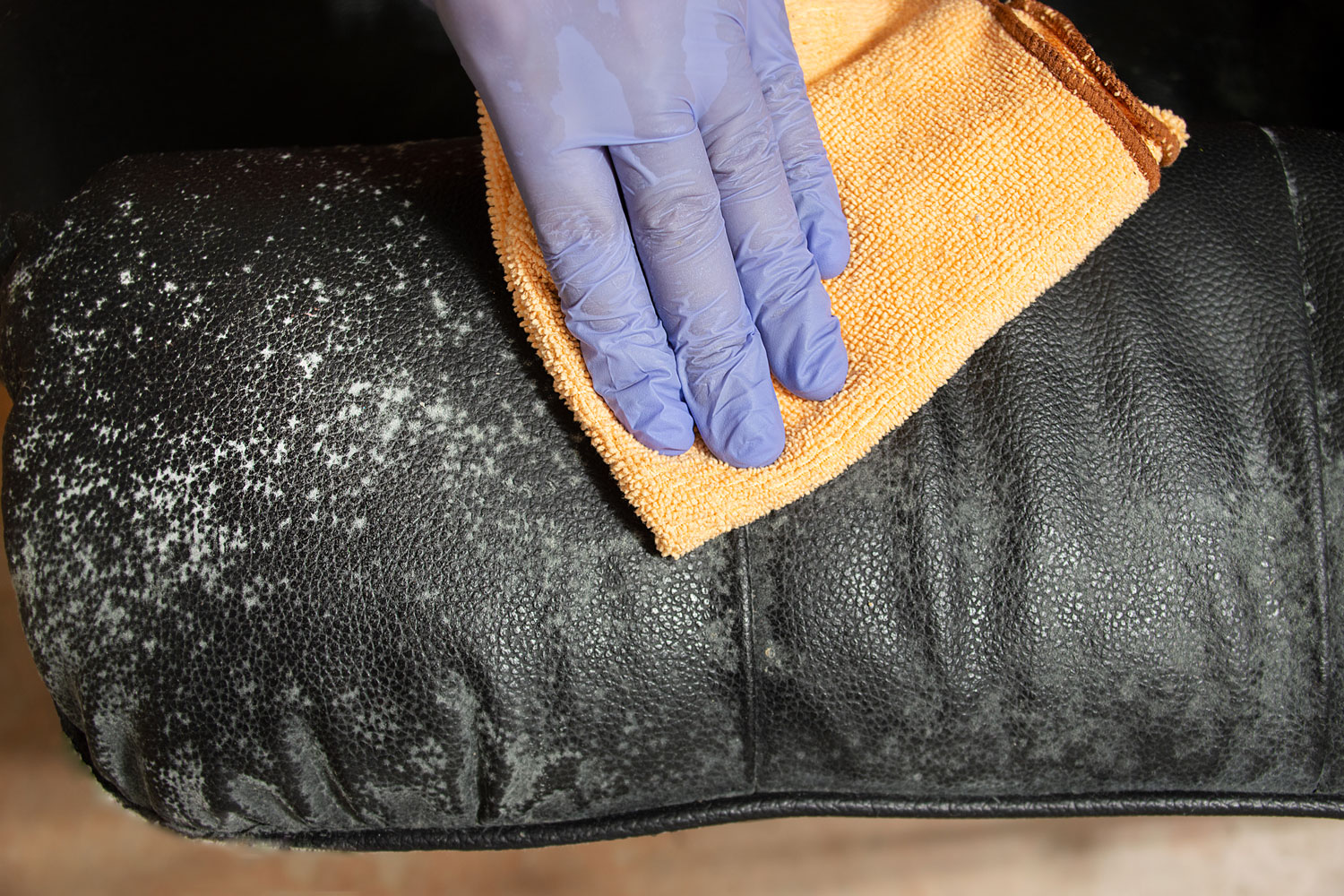
If you already have mildew under your couch bed mattress, there are several ways to effectively get rid of it. One option is to use a mixture of equal parts water and white vinegar to spray on the affected area and let it sit for a few hours before scrubbing and drying. Another option is to use a mixture of water and mild detergent to clean the area, followed by a solution of water and baking soda to neutralize any remaining odor. It is important to thoroughly dry the area afterwards to prevent the mildew from returning.
In Conclusion , mildew under couch bed mattresses is a common and frustrating problem, but it can be prevented and treated with proper maintenance and cleaning. By keeping your mattress clean, dry, and well-ventilated, you can ensure a healthy and comfortable environment for you and your family. If the problem persists, it is best to seek professional help to avoid any potential health risks. Remember to regularly check and clean under your mattress to prevent mildew growth and maintain a clean and well-designed house.




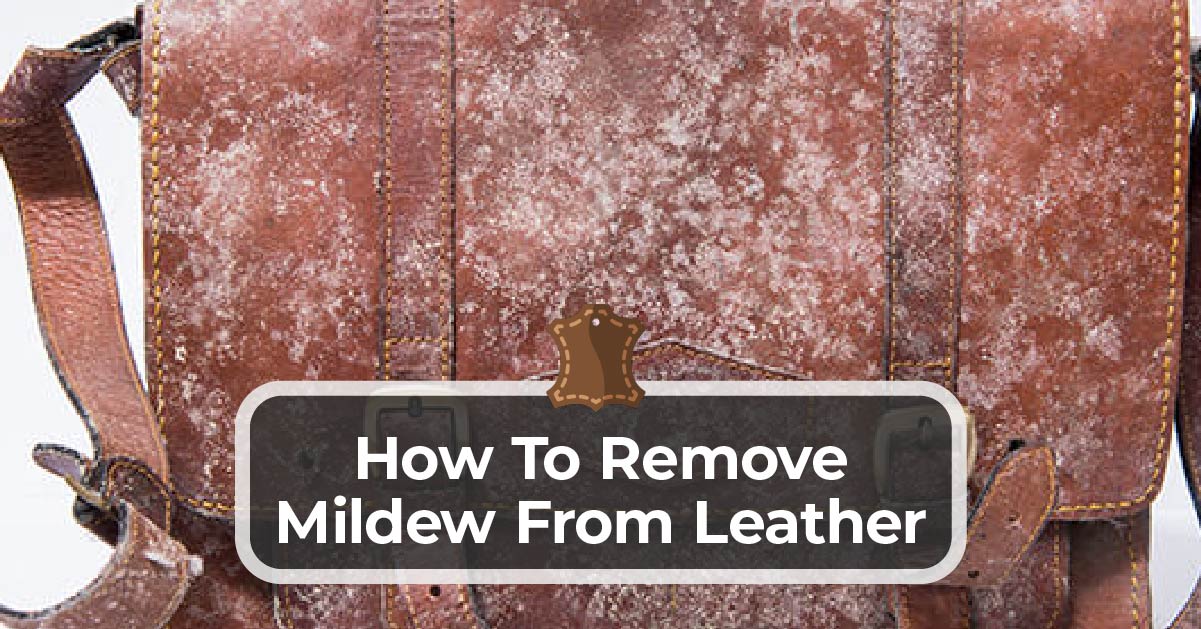
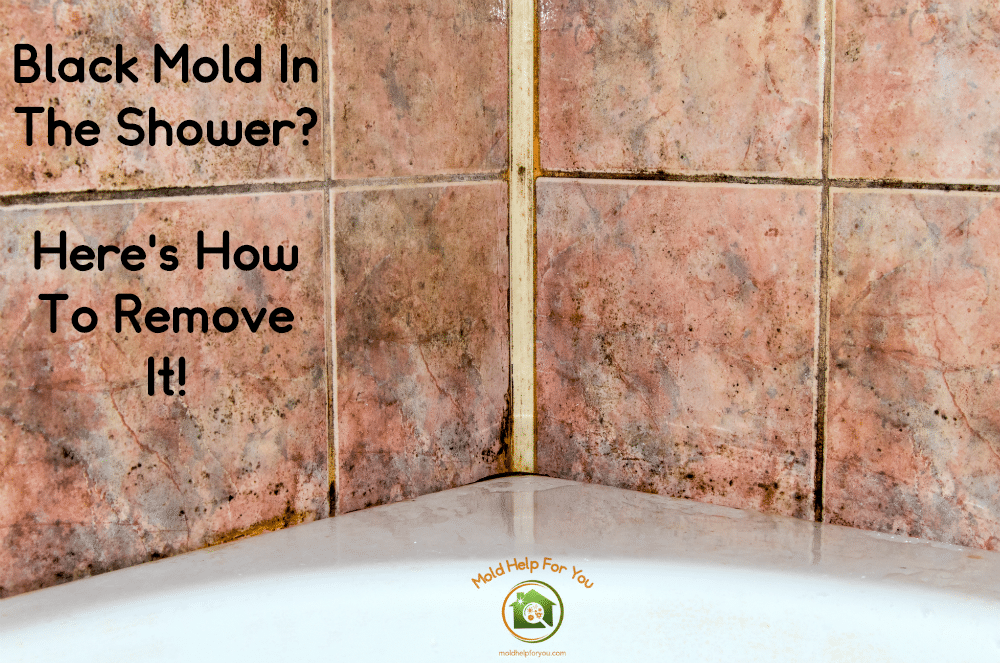


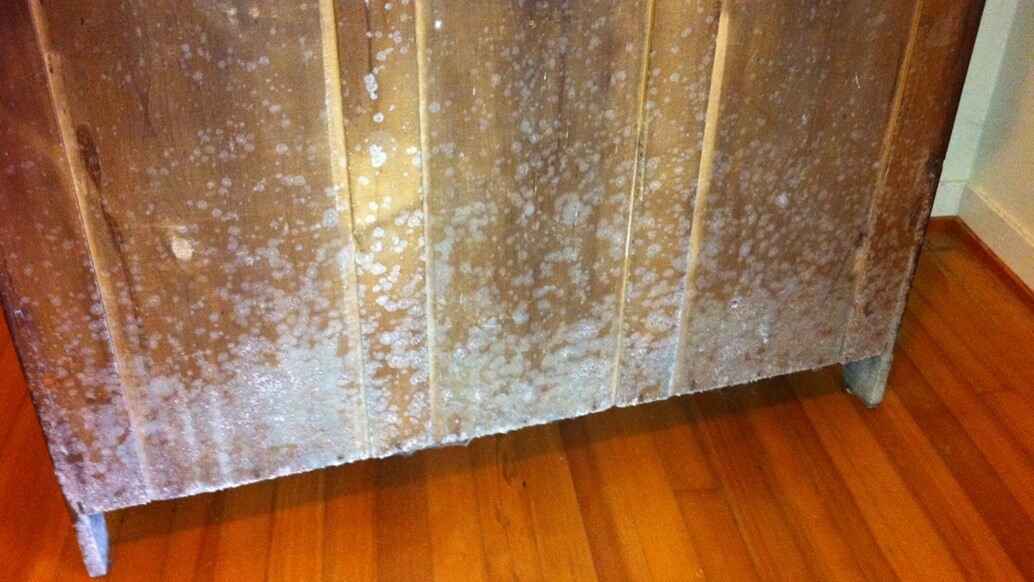
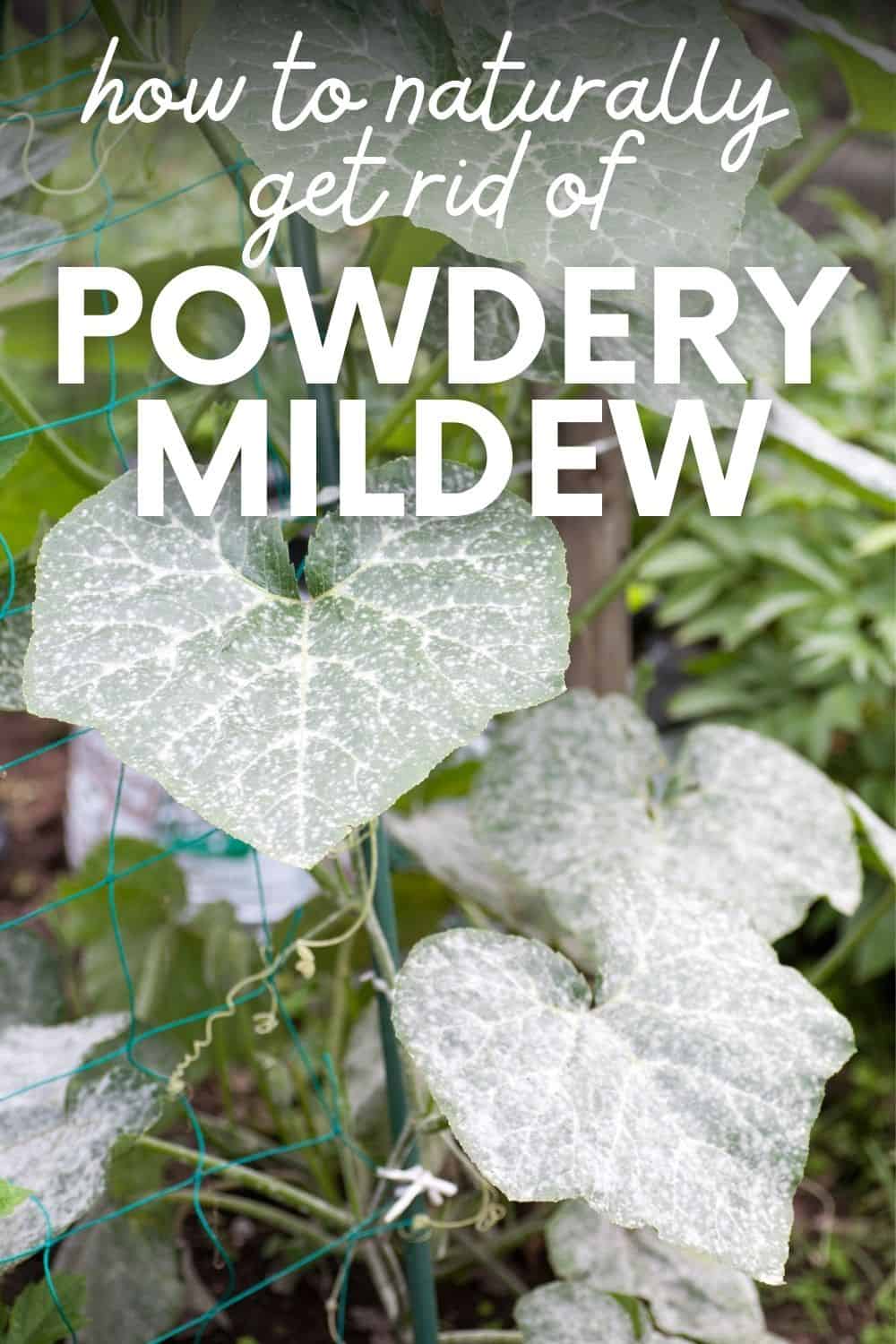


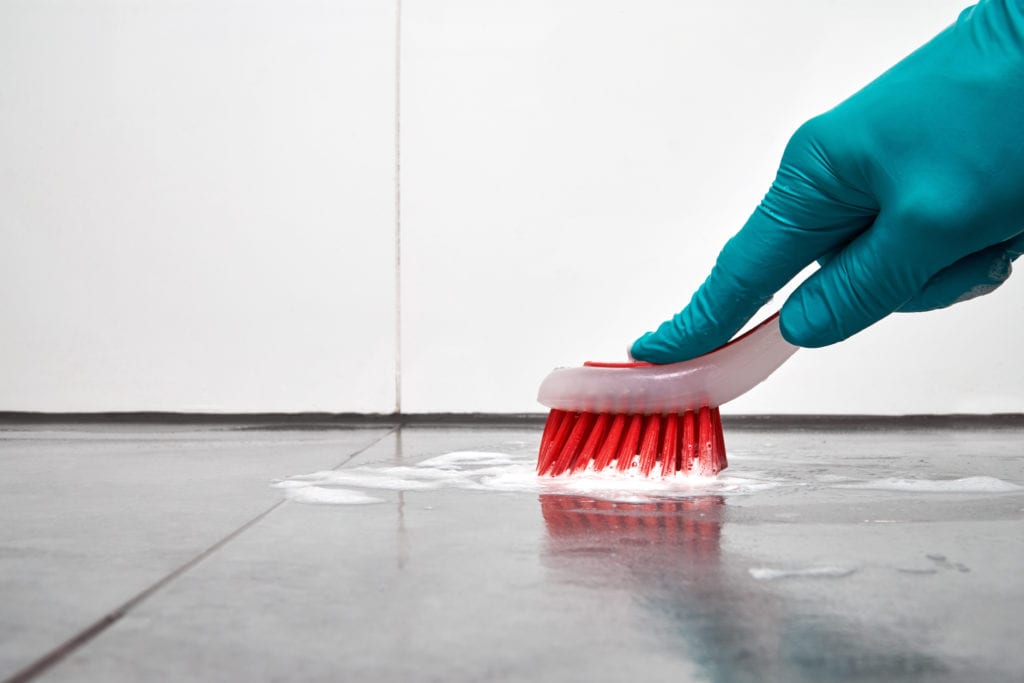

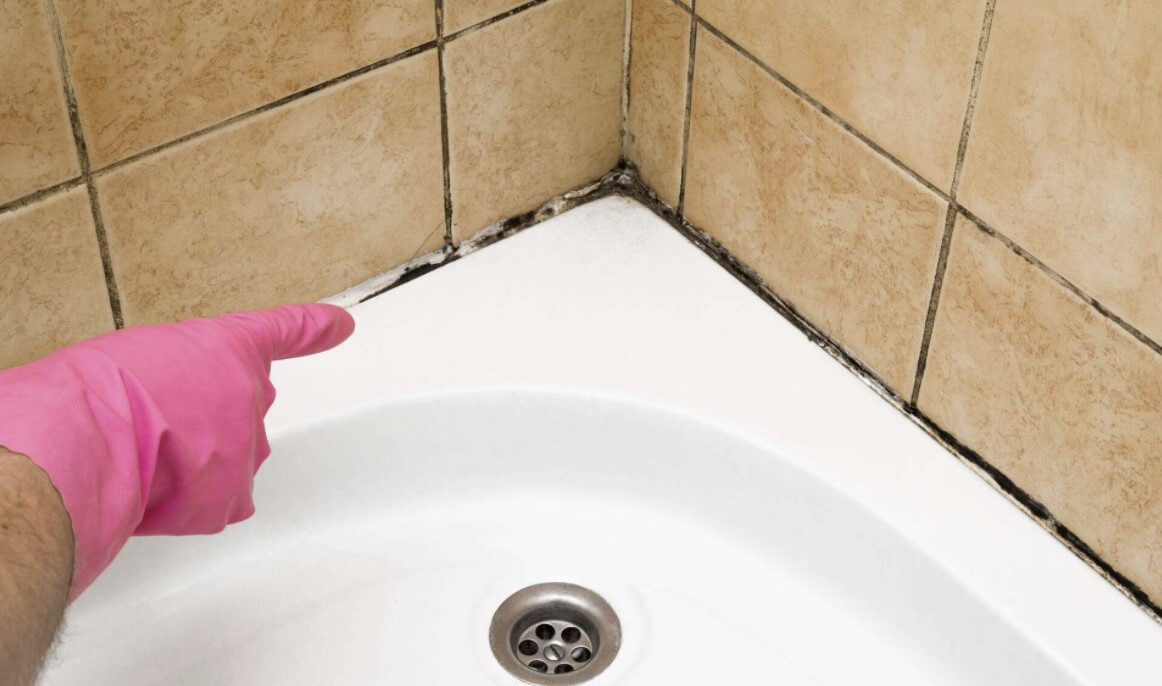

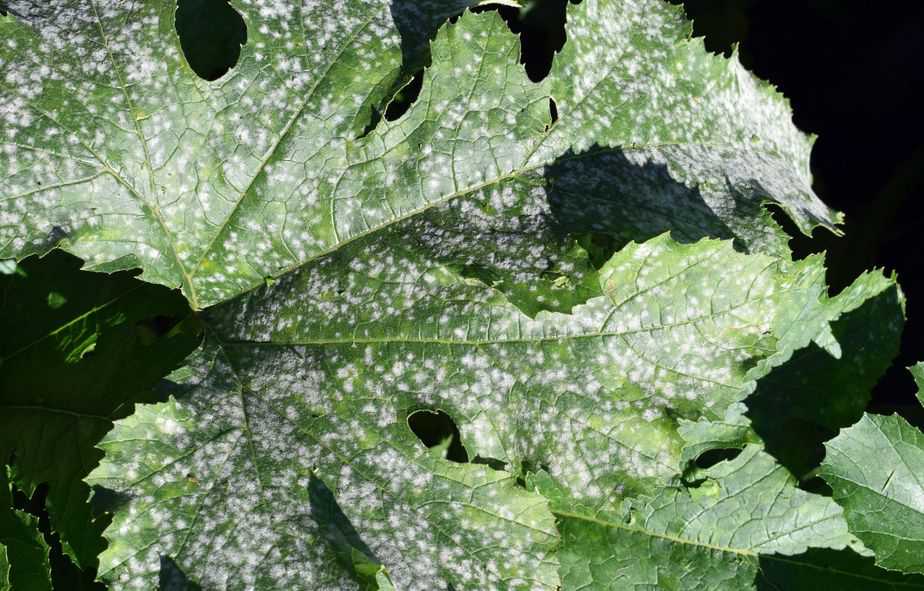
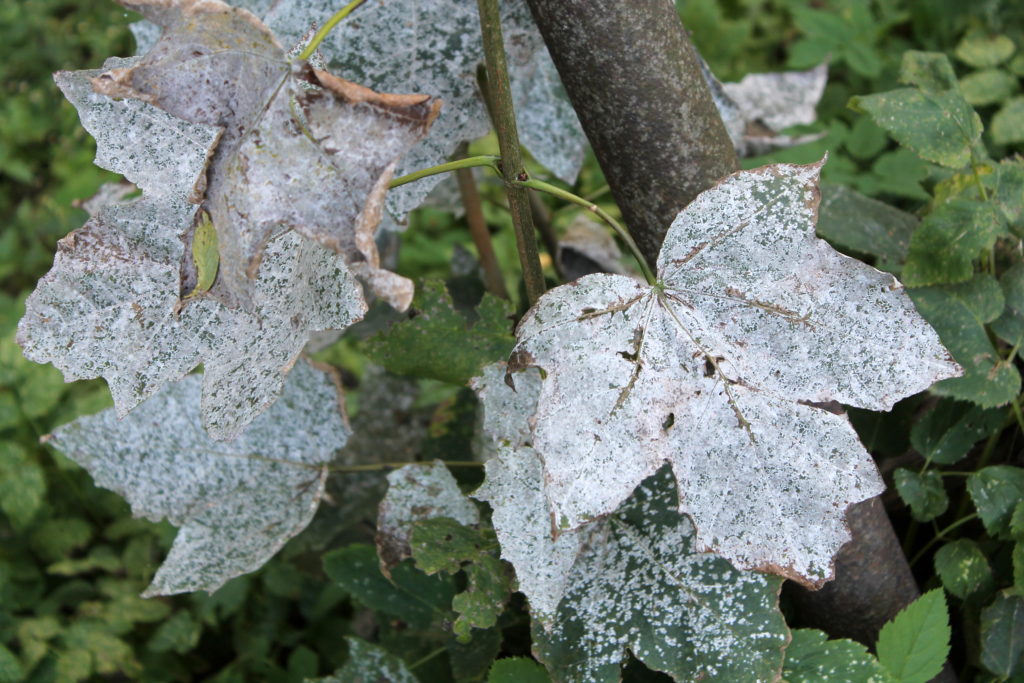
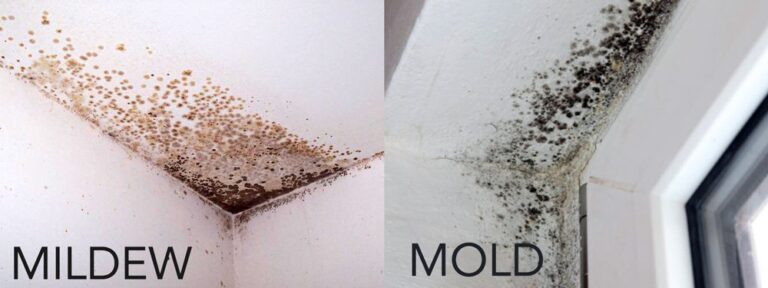








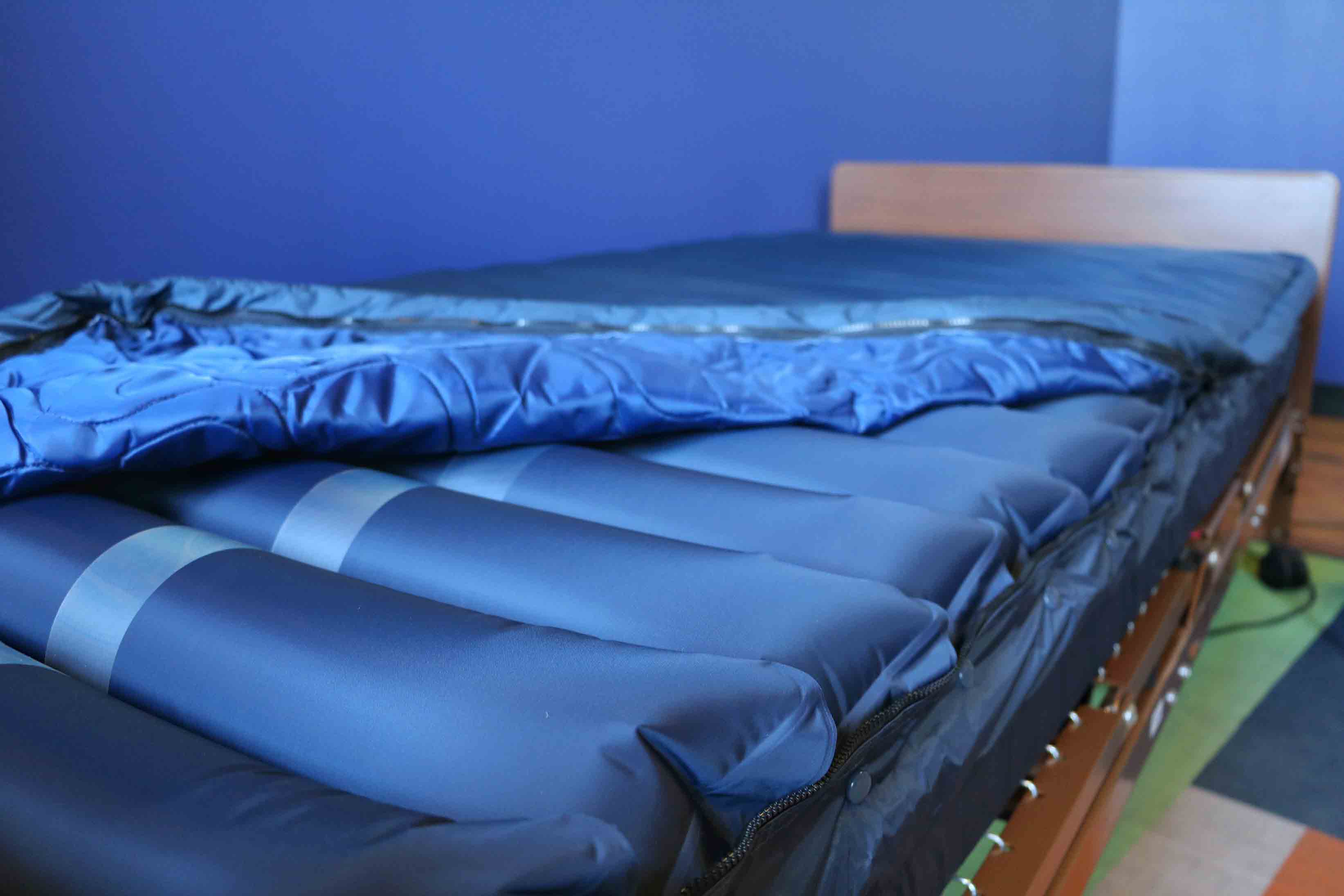

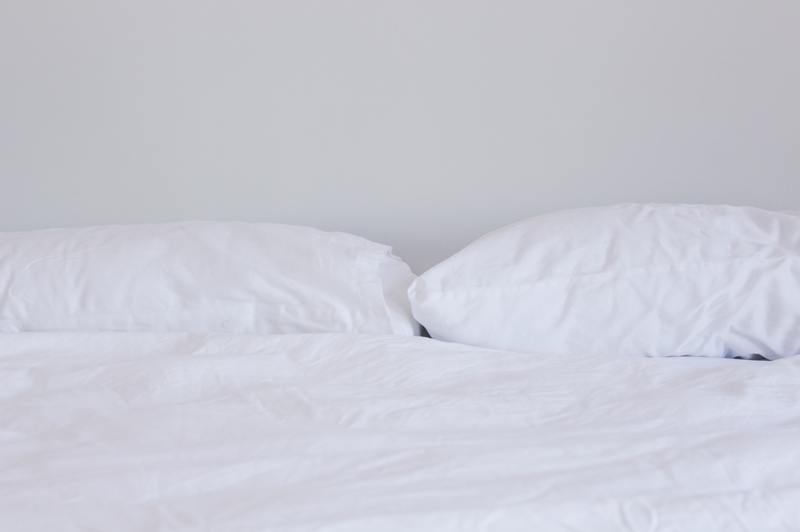

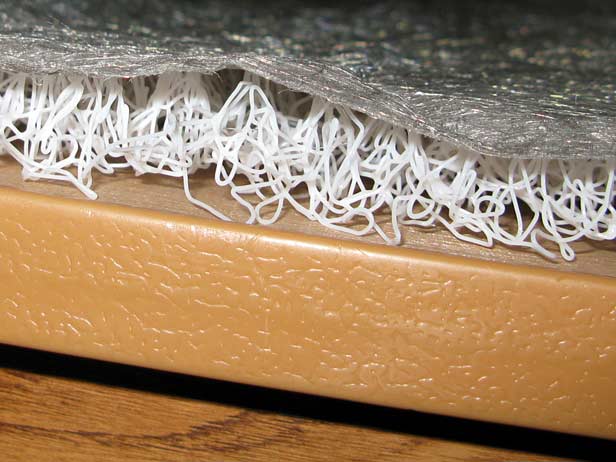










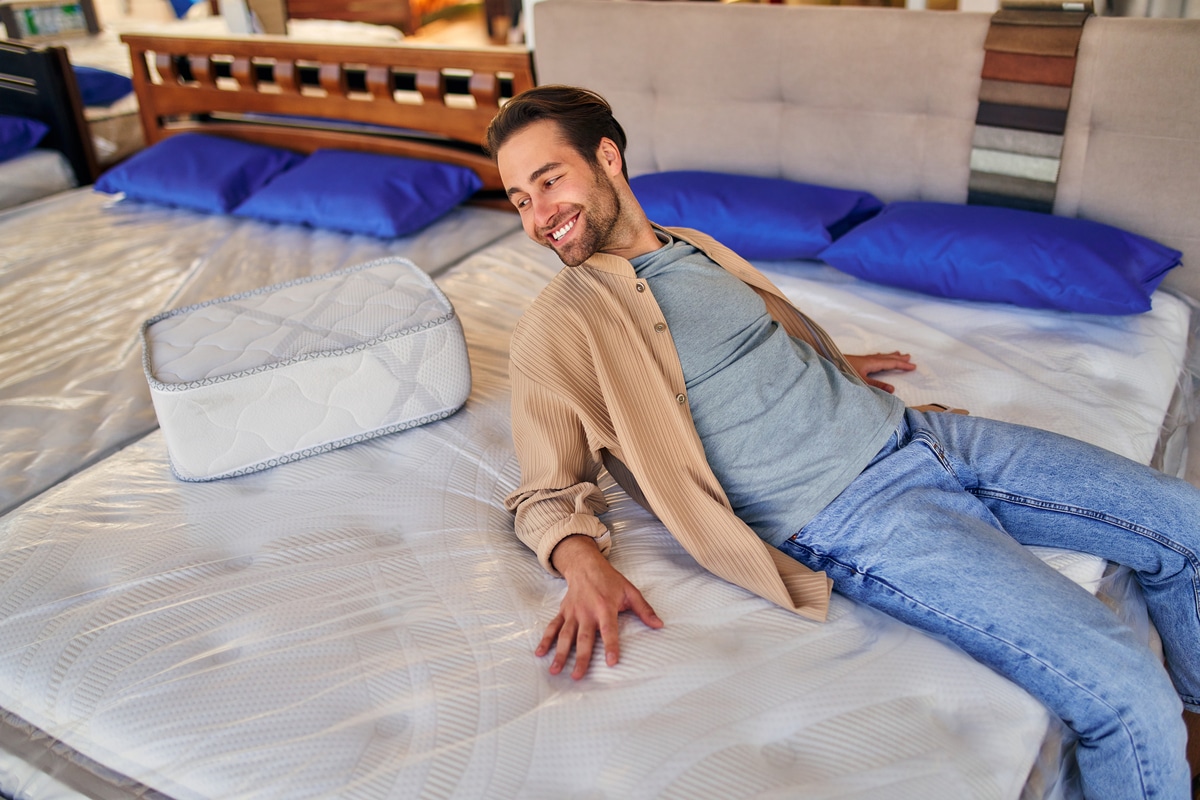
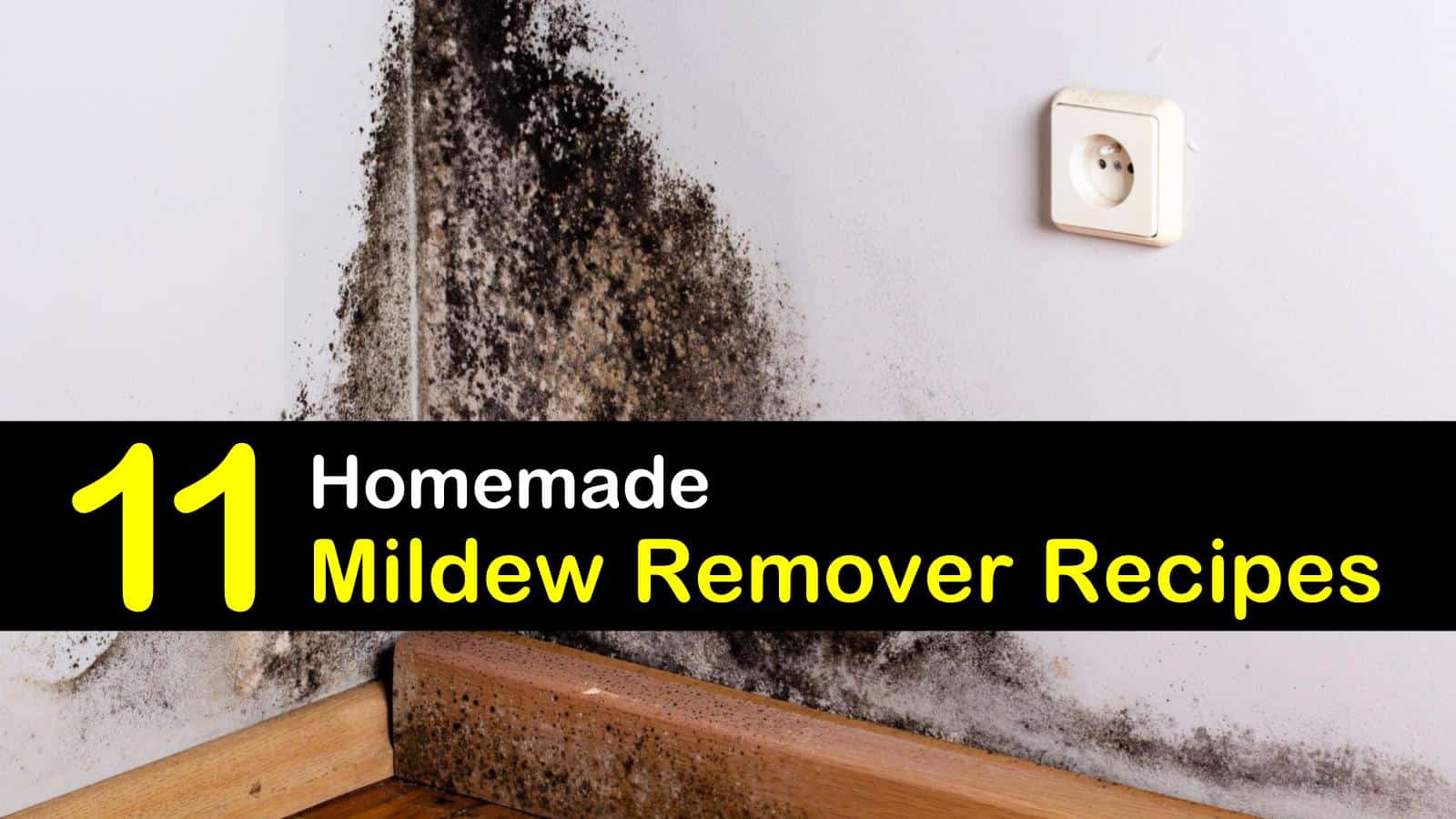
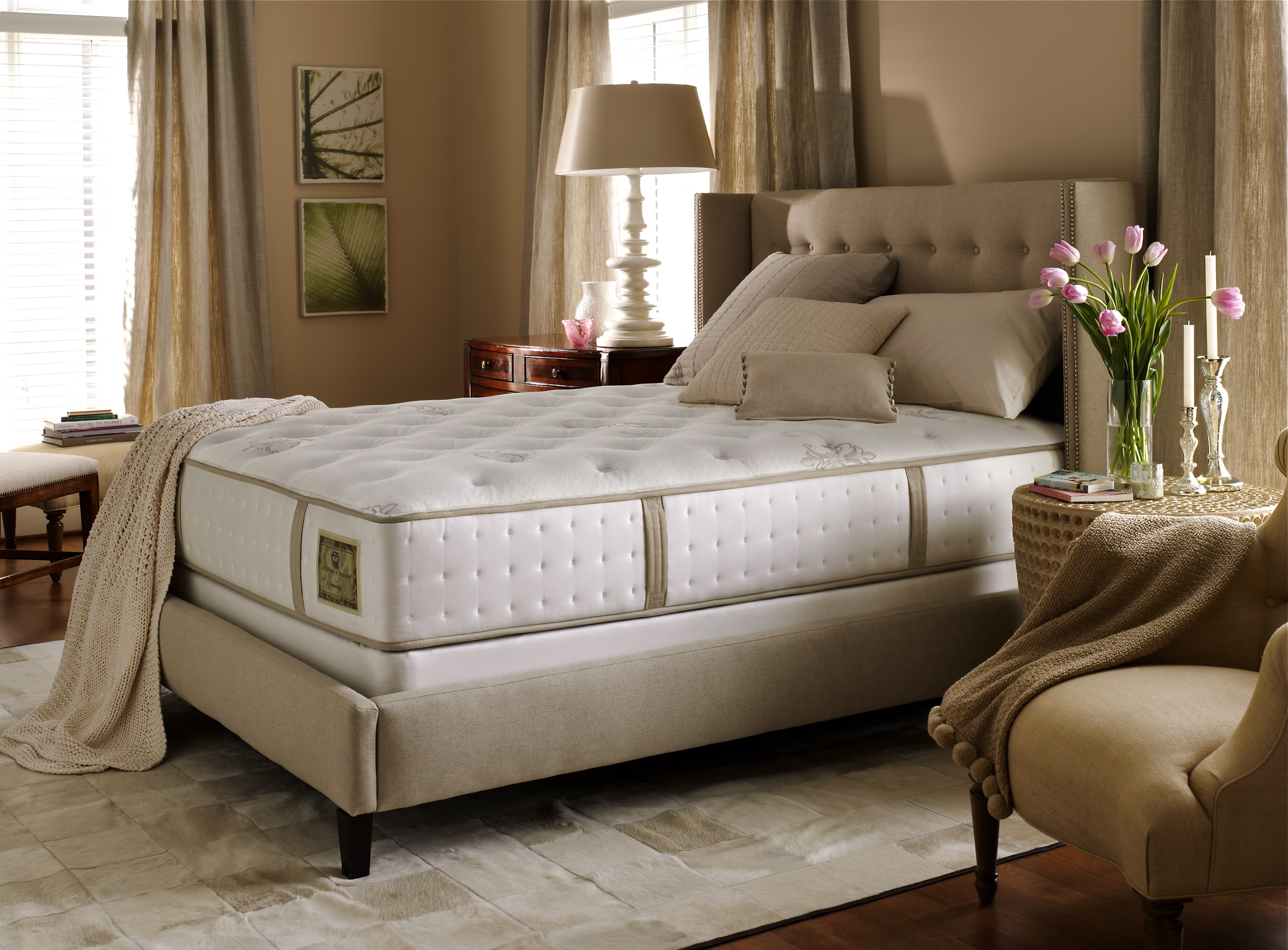











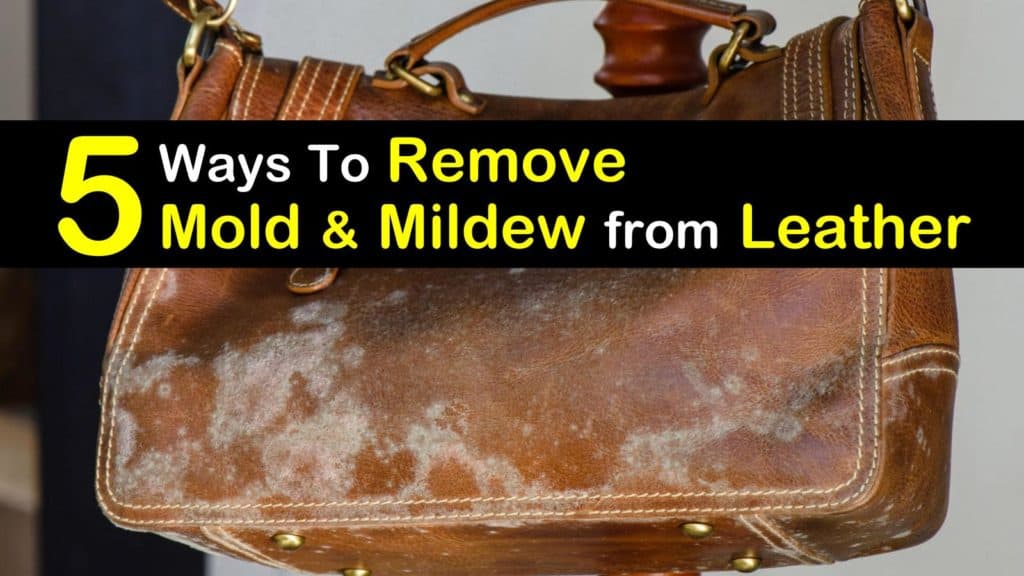



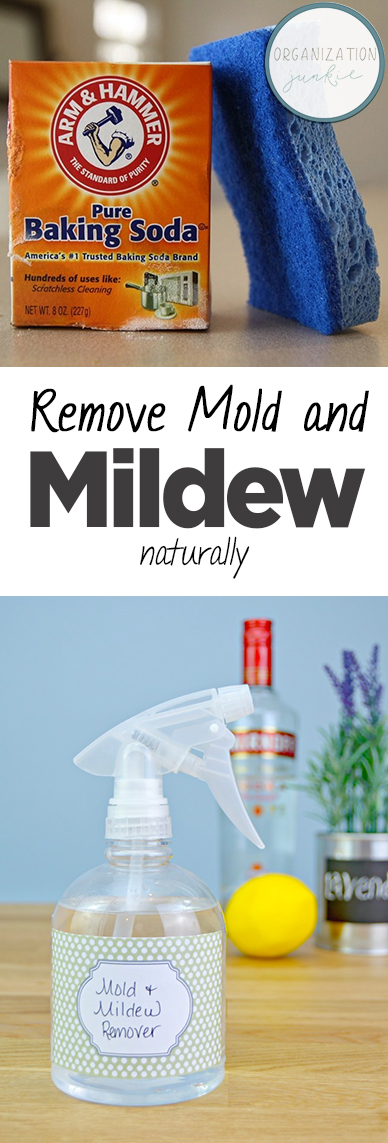








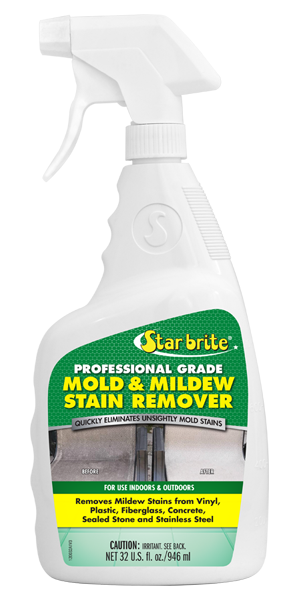







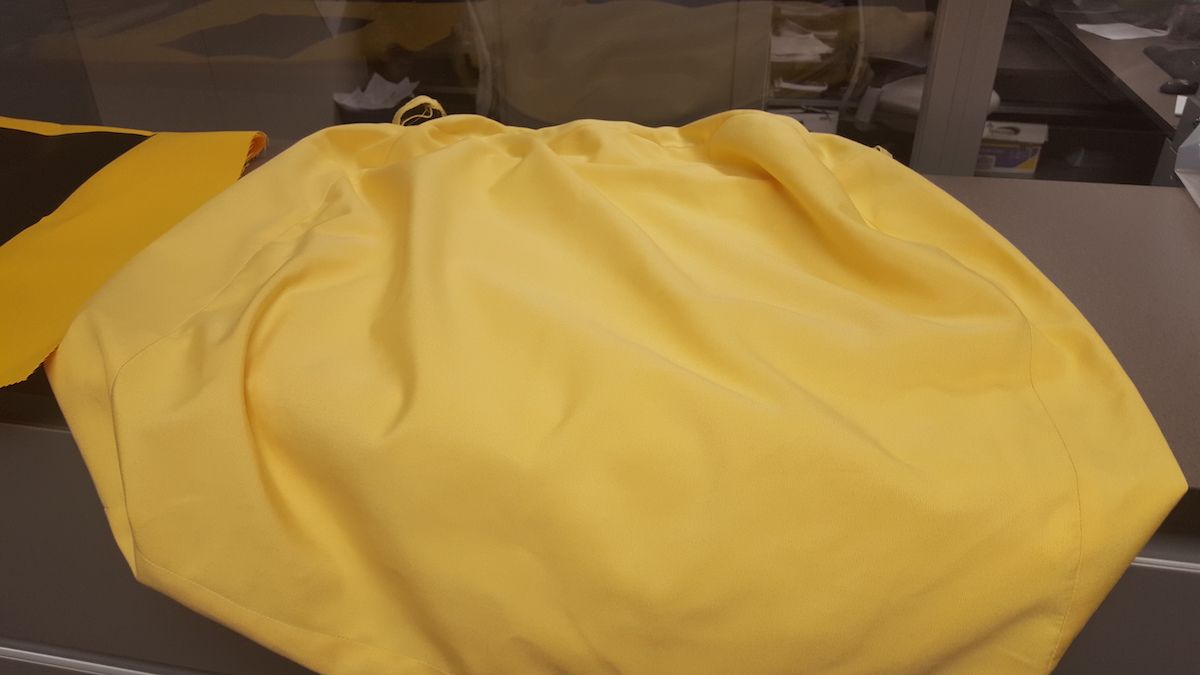
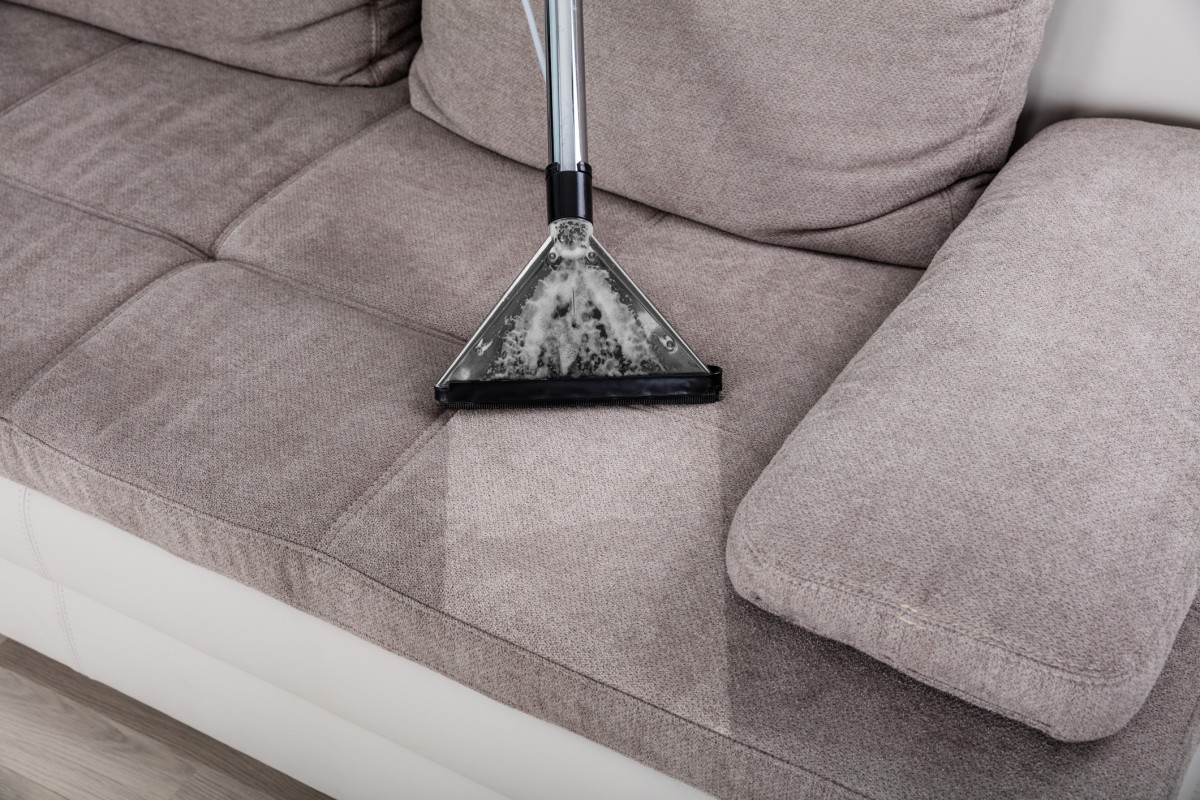





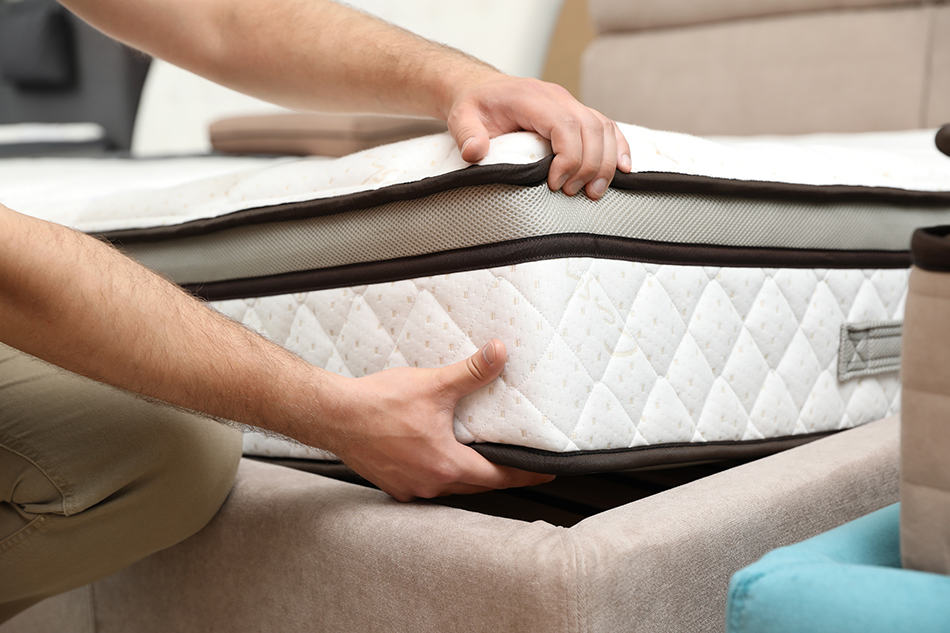


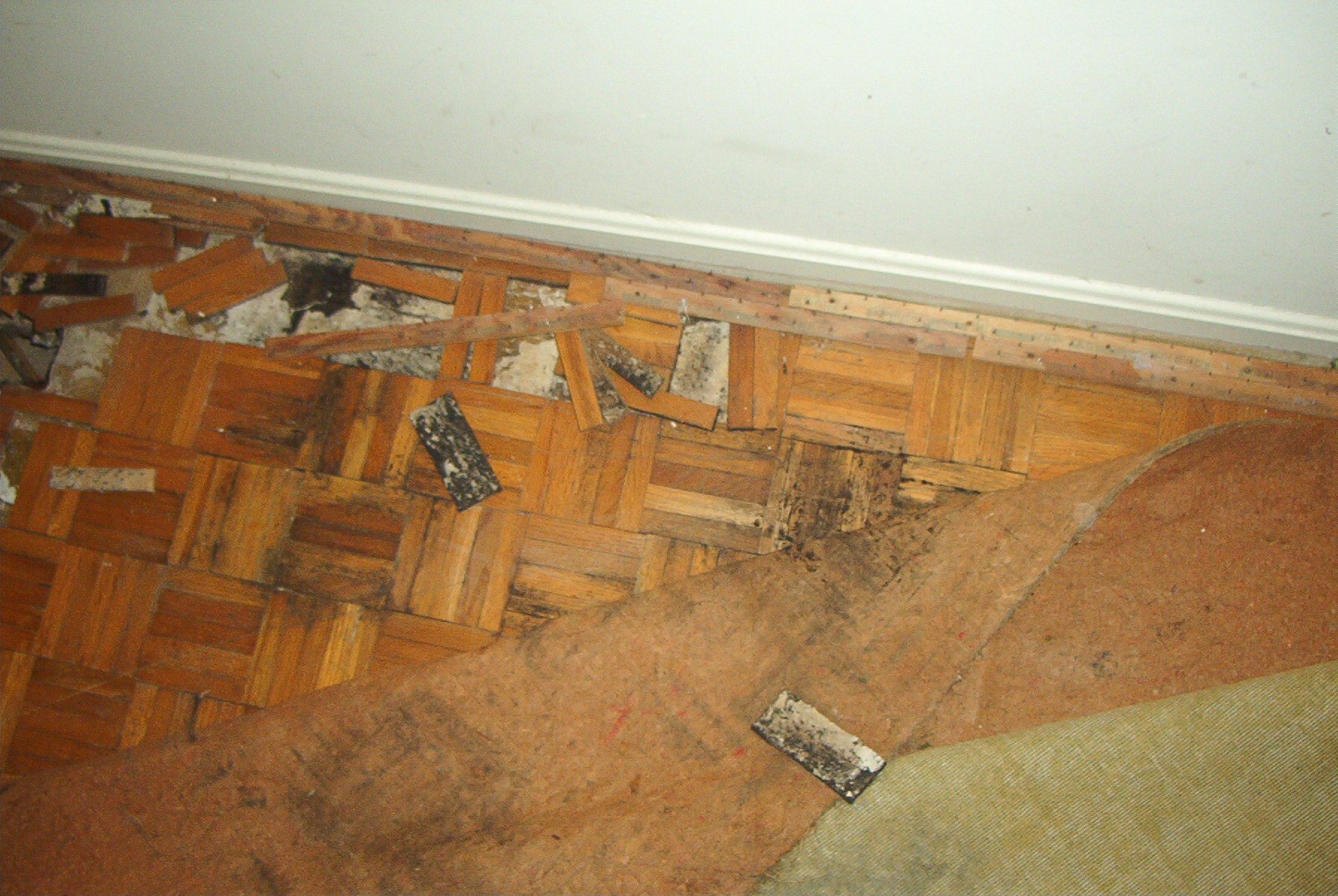
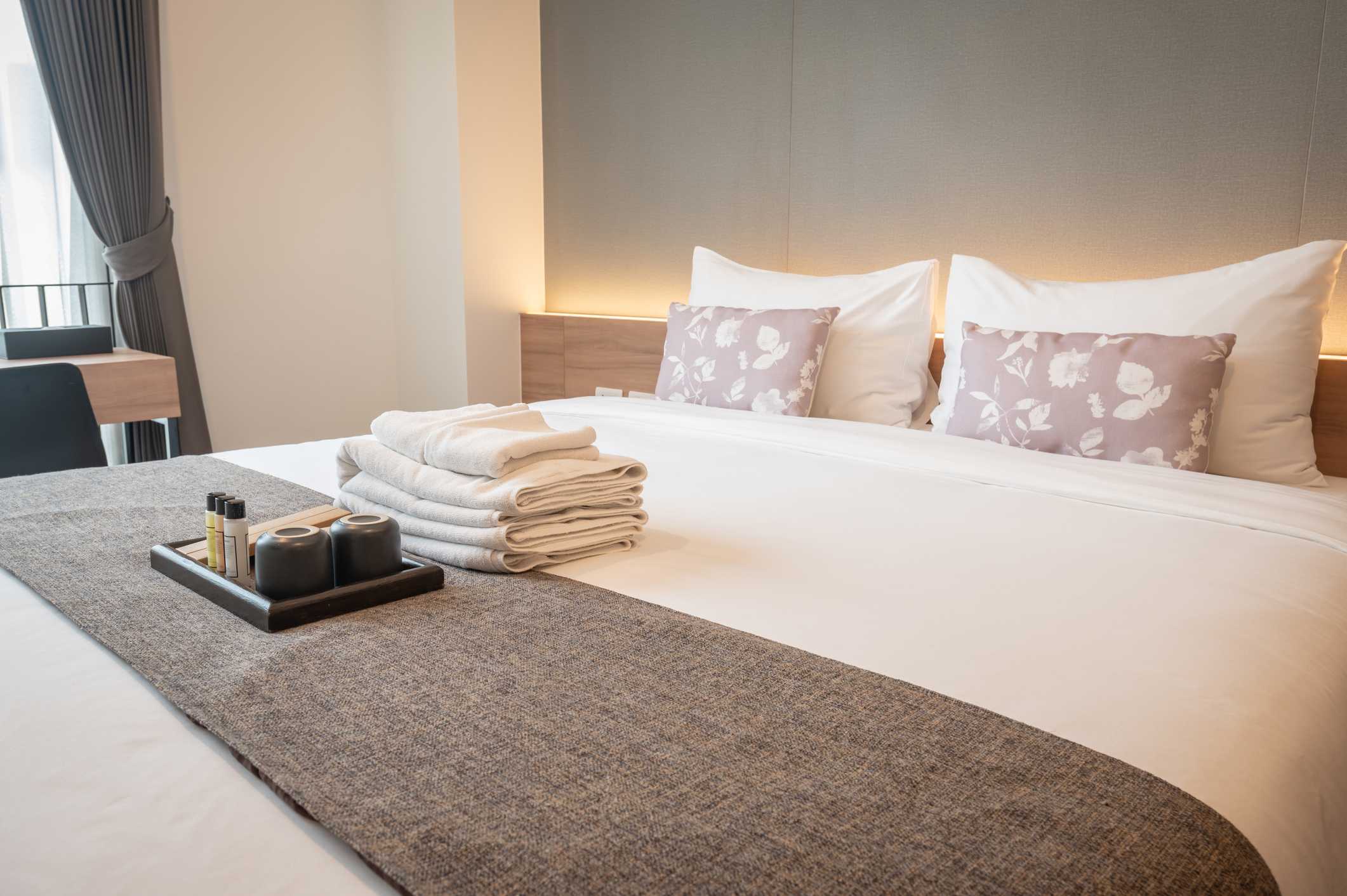
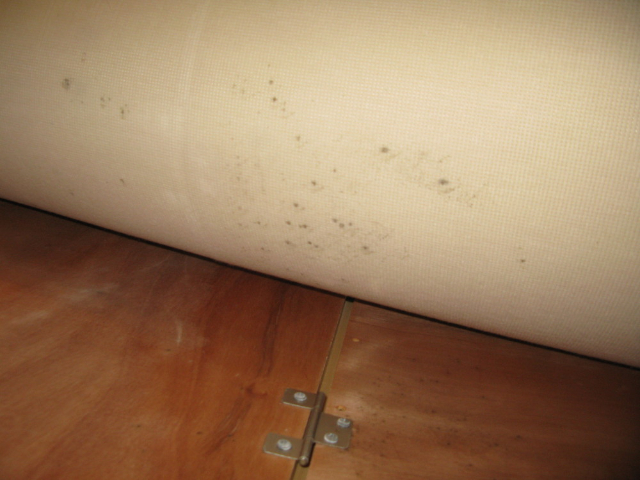

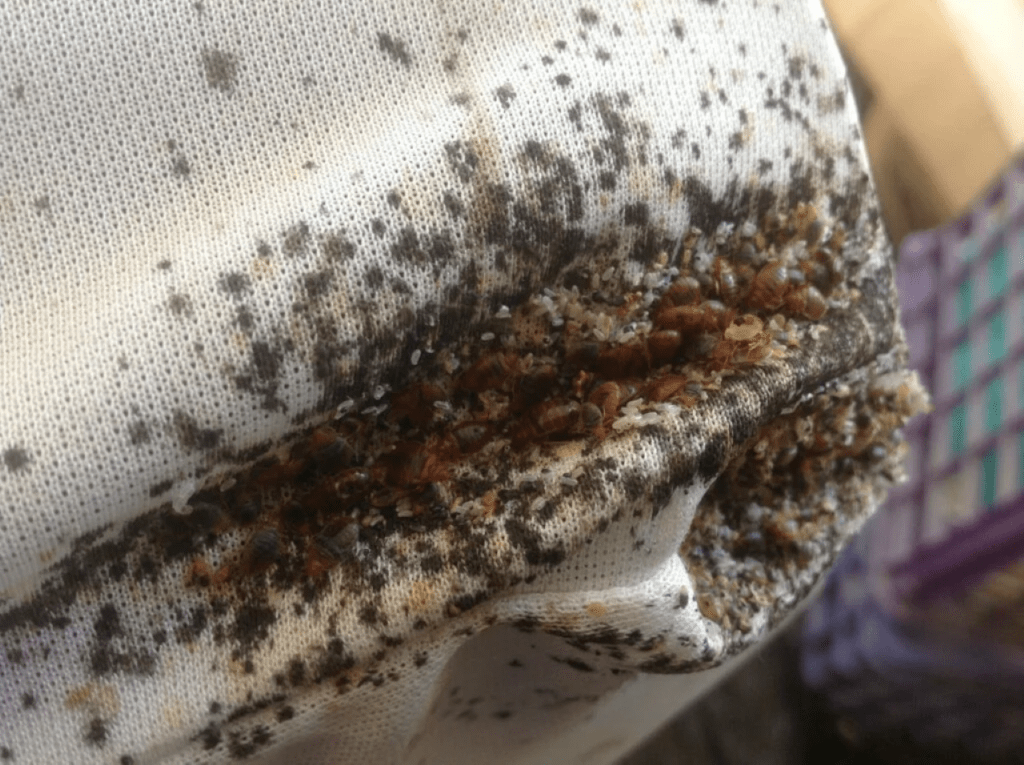

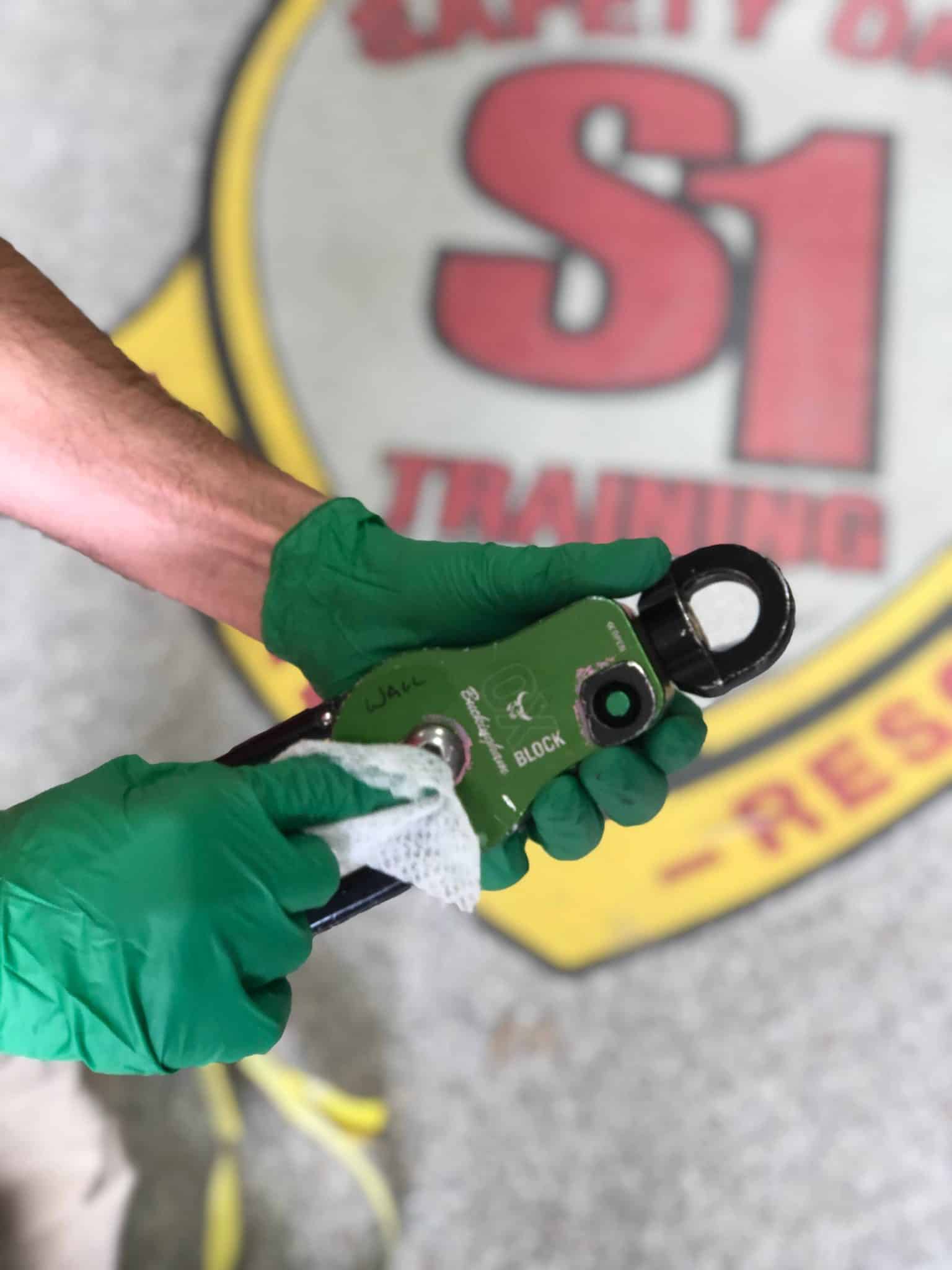



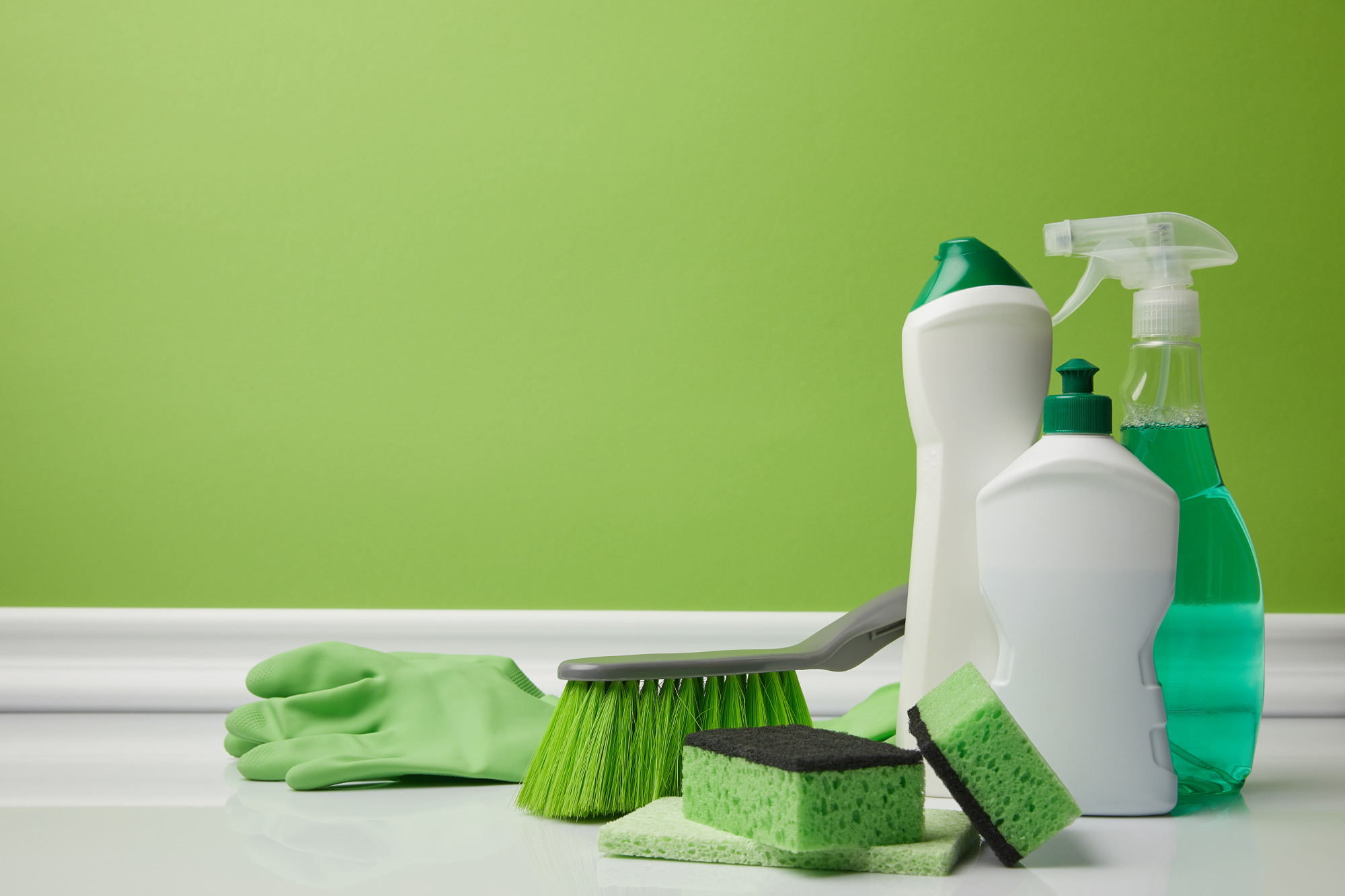
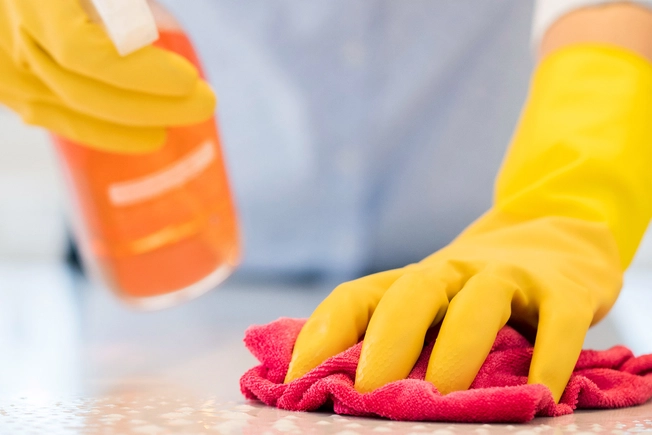







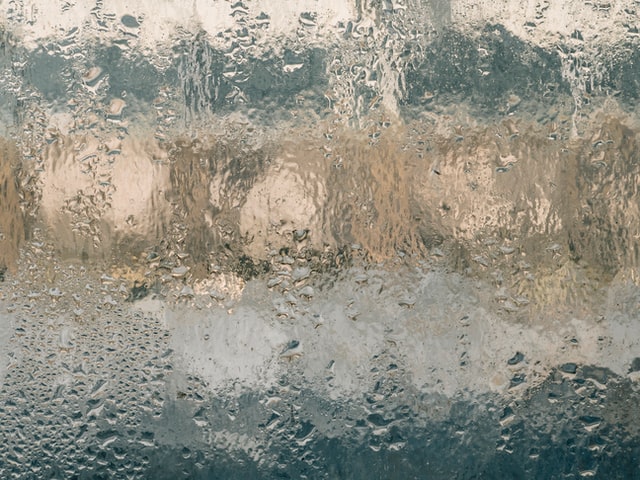
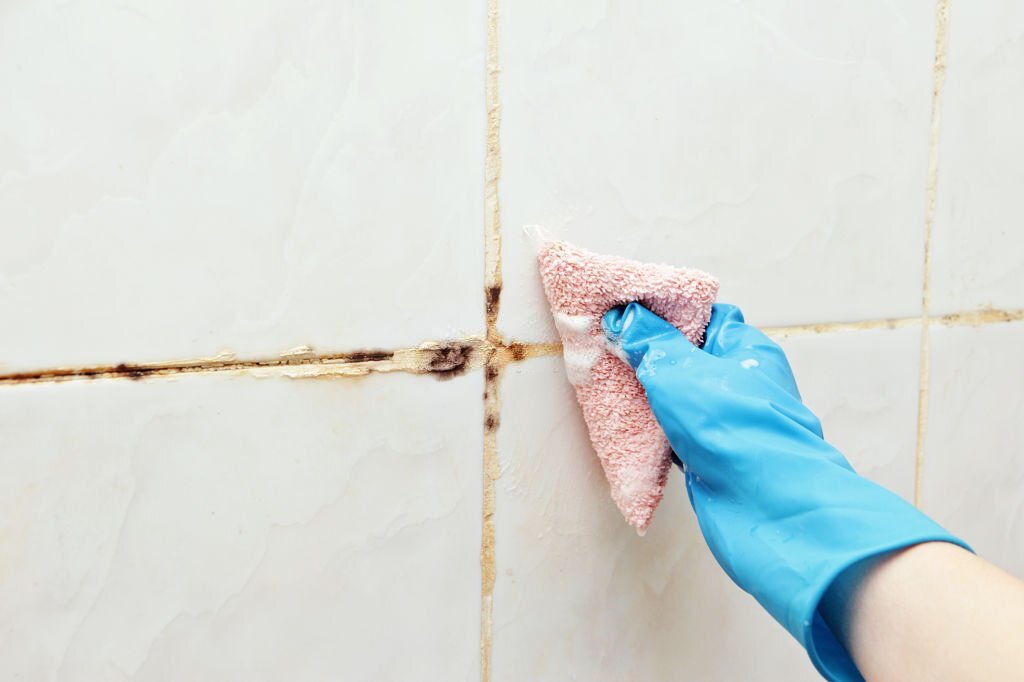



:max_bytes(150000):strip_icc()/Helix-Assets-Photography-Product-Mattress-Standard-Midnight-Lifestyle-20190312-5c9124aa46e0fb0001555923.jpg)



